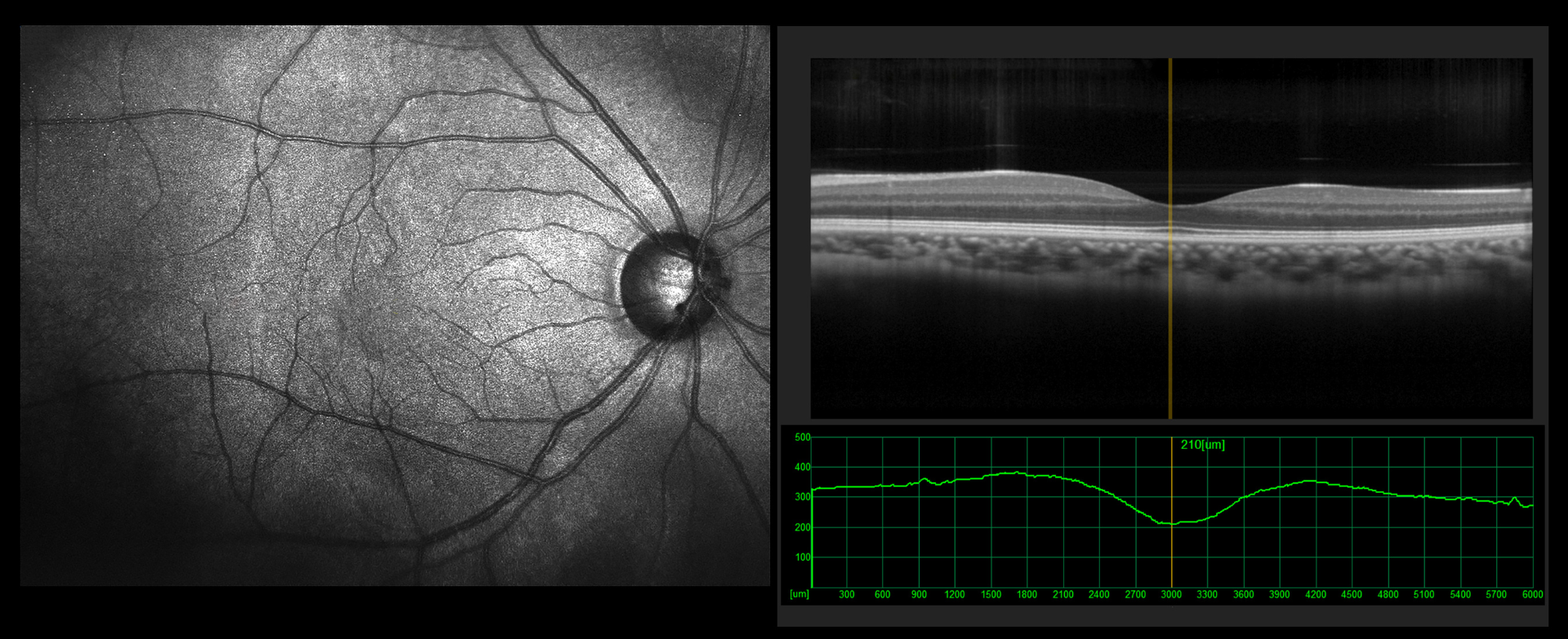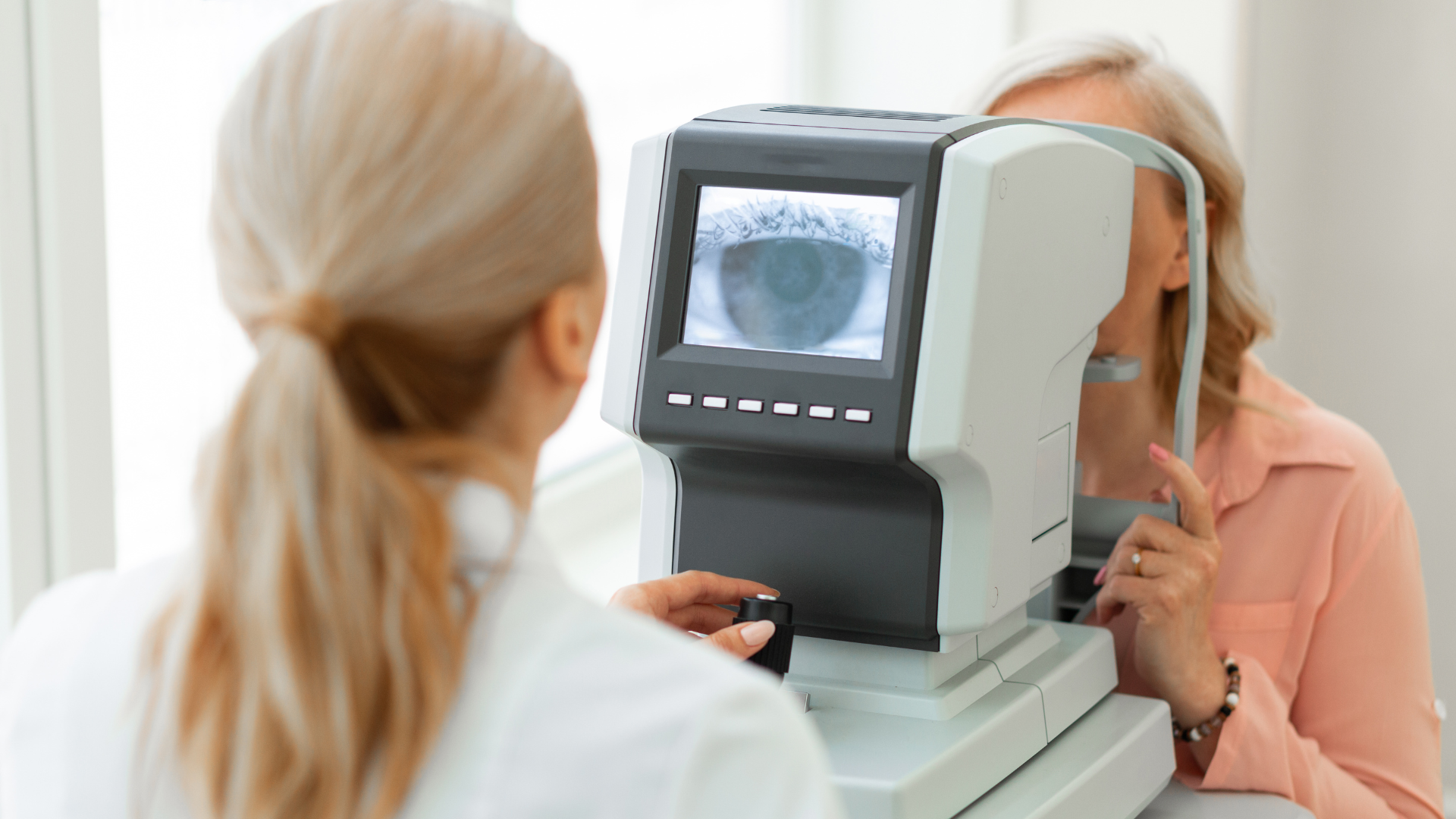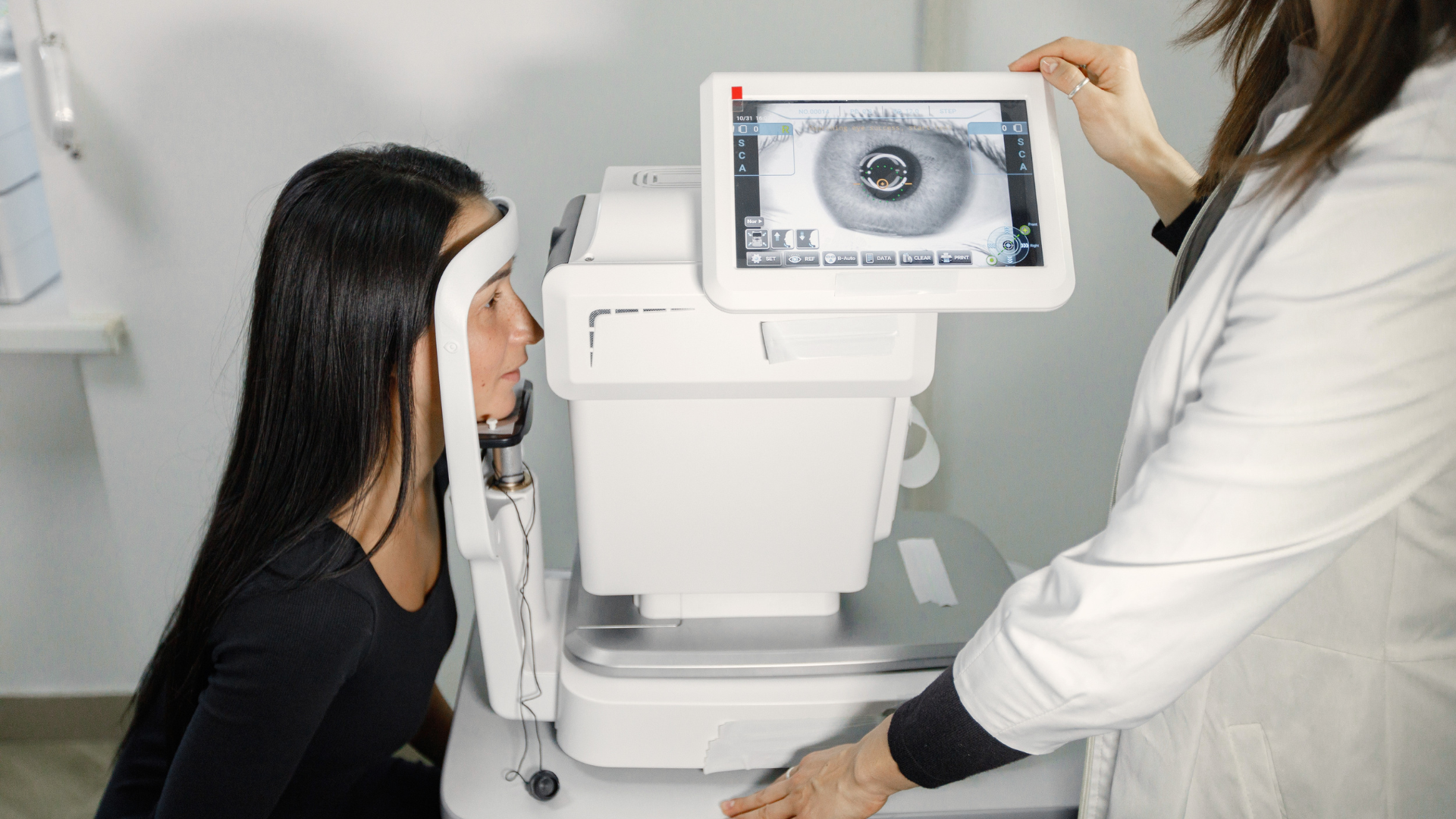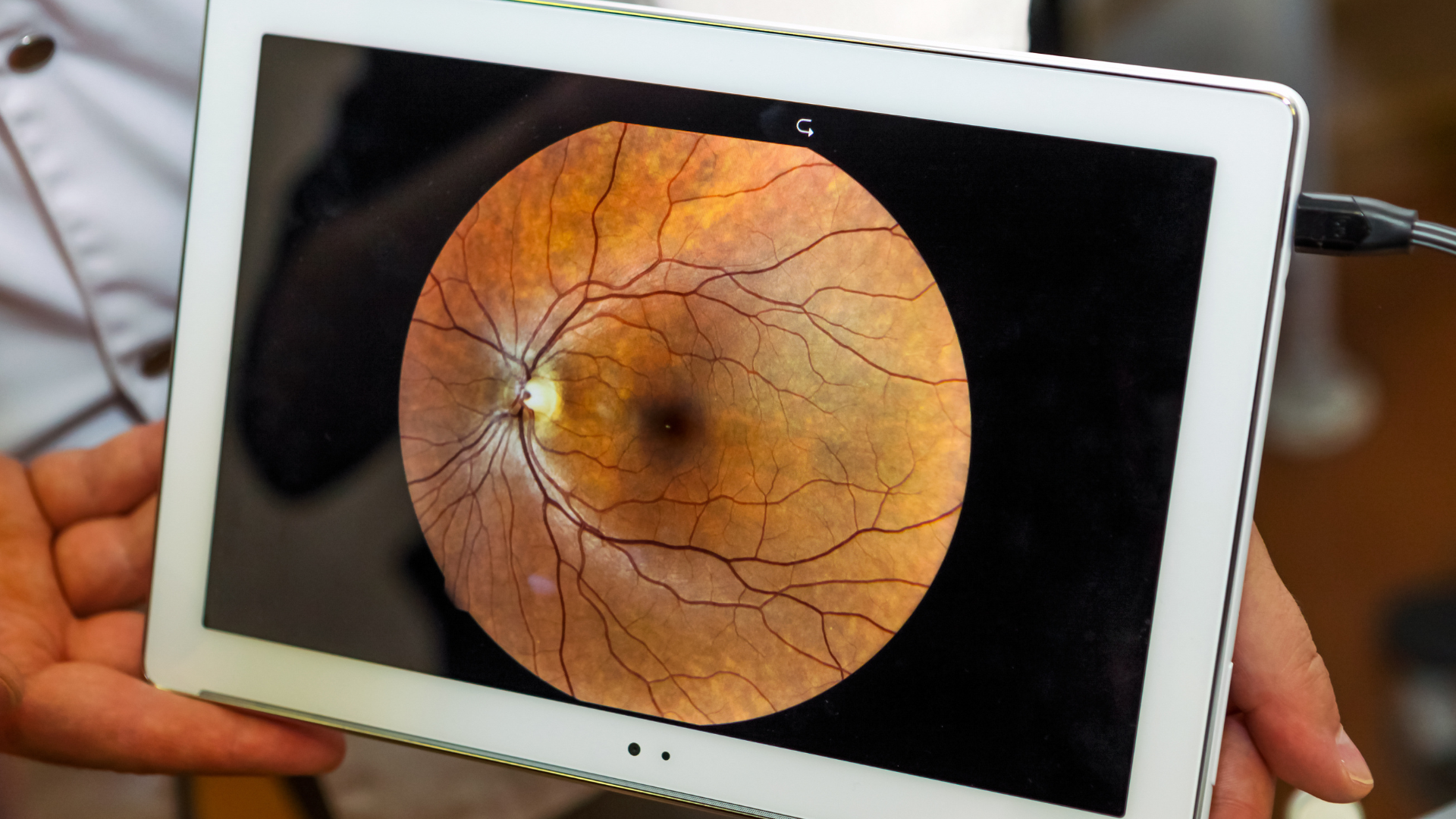What Are the Benefits of Ophthalmic Image Management Software?
Are you working overtime to organize, store, and manage all the images captured at your ophthalmology practice? The right ophthalmic image management software could be the answer to your slow and inefficient workflows.
As every ophthalmologist knows, ophthalmology demands powerful imaging equipment for peak performance and the best patient outcomes. With the largest suite of imaging technologies among all medical spheres, it’s no wonder ophthalmic image management software has proven essential for ophthalmologists worldwide.
From improved accuracy to cost savings, an effective image management system is invaluable for any eye clinic seeking to maximize performance and deliver better care. Here’s what your practice needs to know before picking the perfect solution.
What Is Ophthalmic Image Management Software?

Advanced and effective imaging techniques have revolutionized how we diagnose, treat, and manage eye diseases, making ophthalmic imaging an essential component of modern ophthalmology. However, this advancement has come with an increased need for efficient and secure management of large amounts of digital images.
Ophthalmic image management software offers ophthalmology
providers a comprehensive, user-friendly interface for capturing, storing, retrieving, sharing, and analyzing ophthalmic images. With access to such software, ophthalmologists can easily manage diagnostic images across multiple modalities, such as
OCT, fundus photography, and fluorescein angiography.
This not only saves time and effort but also simplifies the work processes in clinical settings. If you are looking for a cost-effective and reliable way to organize your diagnostic images, ophthalmic image management software is a must-have.
Read More:
Digital Surgical Planning Sheets: Transform Your Ophthalmology Practice
The Top 3 Benefits of Using Ophthalmic Image Management Software

Ophthalmic image management software is crucial for ophthalmology administration as it eases providers' workloads and streamlines patients' information. After upgrading, your clinic should see significant benefits to routine capabilities, including:
1. Improved Efficiency and Accuracy in Diagnosis
Thanks to ophthalmic imaging solutions, ophthalmic practitioners can now diagnose eye conditions with improved efficiency and accuracy.
Ophthalmic imaging software lets providers capture incredibly detailed ophthalmic images like never before. These developments have led to early diagnosis and treatment of various eye conditions, ultimately improving patient outcomes.
The ability to quickly and accurately review and compare diagnostic images through ophthalmic image management software further improves the quality of care by giving providers more insight and reducing errors.
2. Automated Workflows for Easier Image Access and Storage
Having a reliable and efficient system for image management is crucial if you want to perform at the top of your game. Ophthalmic imaging software’s automated workflows make accessing and storing ophthalmic images effortless. With such a system in place, medical professionals can devote their time and attention to providing quality patient care instead of struggling with cumbersome and outdated image management methods.
By simplifying the process of image retrieval and storage, automated workflows enhance overall efficiency, enabling convenient access to images for decision-making, research, and collaboration. Ophthalmic image management systems are quickly becoming necessary for any practice that wants to remain up-to-date and provide the best possible care for their patients.
3. Streamlined Communication
Effective communication between doctors and patients is essential for successful healthcare outcomes. In ophthalmology, a simplified approach to communication can make all the difference. Ophthalmic image management systems offer an invaluable tool for doctors to share and analyze images with their patients easily, leading to improved diagnoses and treatment plans.
By utilizing these systems, doctors can also share relevant information between providers, ultimately leading to more informed decisions. With streamlined communication tools such as ophthalmic image management, doctors and patients can work together more effectively to achieve better health outcomes.
Read More:
How to Automate Your Ophthalmology Appointment Process
How to Implement Ophthalmic Image Management Software in Your Practice

As a modern ophthalmology practice, having a tool like ophthalmic image management software can do wonders for the efficiency and productivity of your clinical work. But how should you go about implementing it in your practice?
Pick the Right Provider
It is essential to choose a software provider that fits the specific needs of your practice. Picking a specialty technology provider that focuses on the latest ophthalmic imaging software and offers flexible, customizable solutions, like OphthalmologyEHR, can position your team to hit the ground running.
Train Your Team
You need to ensure that you train your staff effectively so they become comfortable using the system. Without proper education, you may bite off more than you can chew. Before going all-in on powerful software, get a training plan in place to prevent any hiccups in your implementation.
Establish a Workflow
Having a clear protocol for how your staff will use ophthalmology imaging software in your practice can dramatically improve its effectiveness. The leading ophthalmology imaging software companies can fine-tune your system to ensure optimal performance.
Get Integrated
The only thing better than ophthalmic imaging management software is when that software is integrated fully into the rest of your EHR system. To make the most out of your solution, ensure that it includes deep interoperability with the rest of the software and equipment that keeps your practice running. Look out for software that’s DICOM-compliant out of the box, which will make your diagnostic tools easy to use.
Keep Your System Updated
The great thing about modern healthcare technology is that your system will likely evolve. As the years pass, your imaging solution should get new updates or features that improve overall connectivity and usability. For the best results, ensure that your software continues to meet the needs of your practice and patients by updating it and performing routine maintenance.
With a well-executed implementation strategy, your ophthalmology practice can reap the benefits of streamlined image management and ensure its image management software operates at peak performance, ultimately leading to better patient outcomes.
Get the Best Ophthalmic Image Management Software With OphthalmologyEHR

With over 25 years of experience, the team behind OphthalmologyEHR has concentrated all of its collective expertise to develop the ultimate ophthalmology image management solution on the market.
Not only does our all-in-one platform have everything providers and technicians need to create, analyze, and record high-quality ophthalmic images, but it includes the latest tools and features for
technicians,
surgical staff,
medical billers, and more. Unlike the competition, OphthalmologyEHR allows ophthalmology clinics like yours to build the solution of their dreams, whether you want EHR, practice and office management, billing services, or all of the above.
If your practice is looking for
powerful yet
affordable ophthalmology image management, contact the OphthalmologyEHR team now and begin your journey to ophthalmic excellence.
Streamline patient records, optimize practice performance, digitally plan and share surgery sheets, communicate with prospective patients, manage lens inventory, and coordinate quality care across your office with OphthalmologyEHR.











